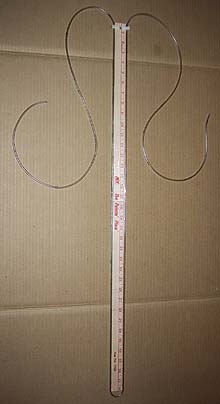Spring is on it's way (slowly but surely) and I have every intention on putting a Scorpoin slip-on on the Kat in the next month or so. I want to get the carbs jetted and I brought this up to the guys at my dealer. I know these guys they are pretty good guys. Anyhow they asked me why I wanted to buy a jet kit when they could easily just install larger jets, and save me a good bit of money. So I am a little torn for more than one reason.
Is there going to be a big difference from the jet kit and them just taking care of it for me with no kit?
Secondly how hard are jet kits to install? I am a bit nervous of doing it myself because I have very little motorcycle mechanical experience, but was a Jeep and Chrysler tech for four years. Things like Carbs have always made me nervous. But if it will be cost effective and not too hard I would almost rather install the kit myself because I don't know that I trust them to actually do what Iwant them to do. I'm not a very trusting person. I have read a few old threads but none really answered my questions or made me feel at ease.
I'm also curious who makes and where I can get one of these ignition time advancers like Cyber has on his bike.
THanks all
Is there going to be a big difference from the jet kit and them just taking care of it for me with no kit?
Secondly how hard are jet kits to install? I am a bit nervous of doing it myself because I have very little motorcycle mechanical experience, but was a Jeep and Chrysler tech for four years. Things like Carbs have always made me nervous. But if it will be cost effective and not too hard I would almost rather install the kit myself because I don't know that I trust them to actually do what Iwant them to do. I'm not a very trusting person. I have read a few old threads but none really answered my questions or made me feel at ease.
I'm also curious who makes and where I can get one of these ignition time advancers like Cyber has on his bike.
THanks all






 .... And different mains don't play well with odd needles , either . Can't use Mikuni jets with DJ needles , for instance . Go on , ask me how many jets I went through to find out THIS one
.... And different mains don't play well with odd needles , either . Can't use Mikuni jets with DJ needles , for instance . Go on , ask me how many jets I went through to find out THIS one 










Comment